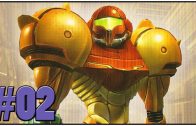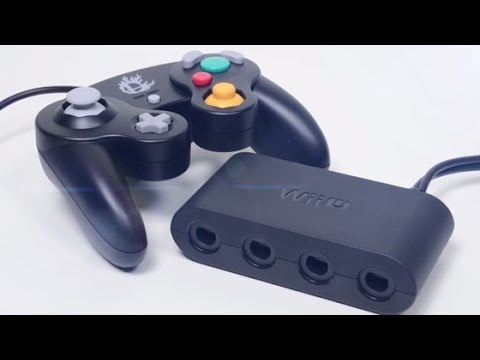Metroid Prime 2: Echoes Review – Definitive 50 GameCube Game #8
The series so far: The Definitive 50 GameCube Games.
Metroid Prime is remembered as one of the most brilliant of all GameCube games, but before we get to it, we have to talk about its sequel, Echoes.
Metroid Prime 2 follows Samus on a mission to rescue a group of Federation Marines on a planet known as Aether.
With Aran’s luck, being what it is, the mission quickly goes wrong. Samus is forced to a crash land on Aether, where she is lured into a poisonous alternate dimension, and has much of her famous Power Suit’s best abilities stolen.
From there, Samus is recruited by the great Luminoth race to retrieve the energy source which has kept their planet alive, but which has recently been captured by the nightmarish Ing race that dwells in Aether’s alternate dimension.
Prime 2‘s gameplay generally functions the same as Prime‘s, with Samus battling alien creatures and technology from a first person perspective, seeking out the scattered abilities of her suit, and endeavouring to unlock new areas in the process.
The thing is, Echoes gets it all a little wrong. Where Prime is lush and full of wonder, Echoes is generally drab and dark, with Dark Aether’s areas being so dim it’s even hard to navigate sometimes. A late-game fetch quest also unnecessarily drags down the experience.
Most frustratingly, environments are just complex enough to be tiring, rather than challenging during exploration. I chalk this one up to the added complexity in interweaving Aether’s dual dimensions. Knowing when and where to move between the two during leg-work intensive missions is just too much. The two-world gimmick has probably been a little overdone in games anyway, and its presence in Echoes has really tired me out on the whole concept.
Prime 2 succeeds in large part thanks to everything it did manage to carry over from its predecessor. The controls are still smart, action is fast and intense, the bosses are huge, and when they’re done right, the puzzles are challenging and satisfying.
While Samus’ abilities remain largely unchanged from Prime, her new beams and visors do add some nice variety. The Scan visor returns, and remains as important as ever, but the Dark and Echo visors are all new. The Dark visor makes spotting inter-dimensional beings possible and doubles as something like night vision goggles in Dark Aether, while the Echo visor allows Samus to locate otherwise invisible sound-producing objects. The new Light and Dark beams each counter enemies of the opposing dimension, and add ammo counts to the mix, increasing demand for strategic battling.
Surprisingly, Echoes also includes a competitive multiplayer component, the first Metroid game to have one. This is a fairly basic setup, with just two modes and six arenas to choose from. Prime 2 certainly wouldn’t be an obvious go-to for multiplayer action on the GameCUbe, but what’s there is enjoyable – even if it is unnecessary.
When it comes to the multiplayer, you get the sense that too much was asked of the Metroid series with Echoes. Nintendo seemed to want to counter Halo 2‘s release, which was around the same time as Echoes, but that’s just not the kind of series Metroid is.
Metroid Prime 2 definitely demands to stand with the other two entries in its series, but I have to admit it is the weakest.



